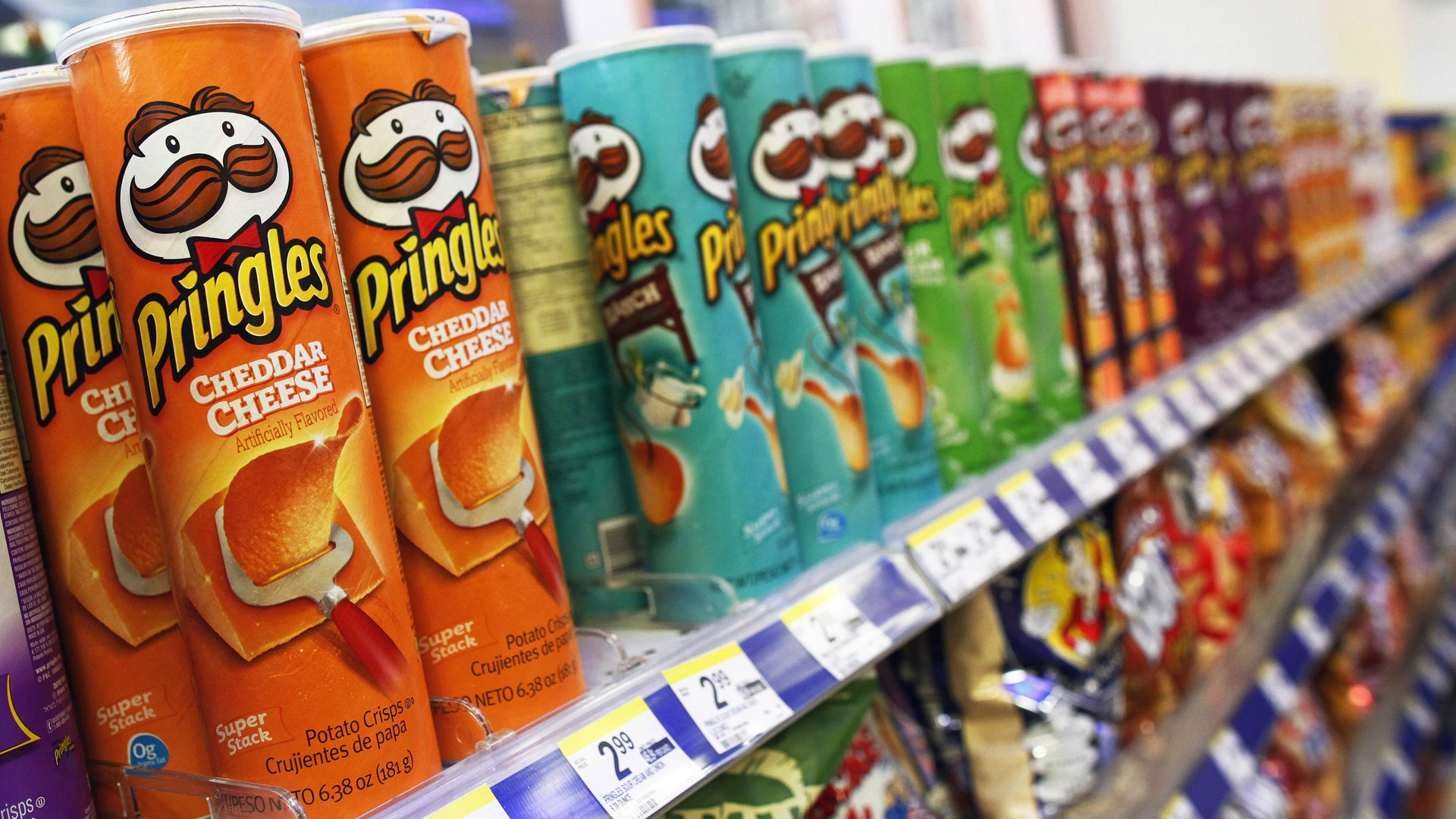The lifecycle of snackers
America is a society of snackers. Government data show that at just about any age group, close to half the citizenry regularly consumes two to three snacks a day.


America is a society of snackers. Government data show that at just about any age group, close to half the citizenry regularly consumes two to three snacks a day.
But the type of snacks we choose, the frequency with which we consume them, and even our reasons for eating them change as we move from one age bracket to the next.
The early years
Up until age 17, the number of snacks consumed in a year averages roughly 1,500—about four a day. And they’re mostly healthy snacks, especially for children between the ages of two and five, because that’s when parents tend to have the most control over their kids’ snacking options.
“It would seem that some of the youngest kids are doing the best in terms of getting fresh fruit, yogurts and even organic foods and beverages,” said Darren Seifer, a food and beverage analyst with NPD Group.
But as children creep into their teens, more sweet and savory snacks are being consumed.
On the go
The US Census Bureau estimates millennials, defined by the government as those born between 1982 and 2000, now account for about a quarter of the US population.
While trends show that the nation’s 83.1 million millennials generally aspire to eat fresh and healthy foods, high costs and an on-the-go lifestyle often make them a prohibitive option.
“We’re lucky if we can just slap something together at that life stage,” Seifer said. “We think maybe we can have something that will tide us over until our next meal; we’re more practical.”
Millennials tend to snack less frequently than younger children, consuming about 1,000 snacks a year on average. But they are trying to place an emphasis on their health, and are doing a bit better at it than previous generations, Seifer said.
Home alone
Millennials may have overtaken baby boomers in 2015 by sheer numbers within the US population, but they have nothing on their elders when it comes to snacking.
The average baby boomer enjoyed a snack 1,200 times in 2015, about 20% more often than millennials, according to NPD.
But whereas millennials tended to snack because they were hungry and on-the-go, boomers snacked more often because they didn’t want to prepare a big meal and then eat alone. (Compared to the age other groups studied, boomers were more likely to eat solo, NPD said.)
The tendency for our appetites to decrease with age also may factor into the attractiveness of snacks as meal replacements, and in the popularity of more sustaining foods like nuts and yogurt as snack choices. Those were the fourth and fifth most popular snack choices for boomers, behind fruit, chocolate, and potato chips, according to NPD. Millennials have the same top three, but round out their top-five ranking with tortilla chips and cookies.
Business opportunity
Data collected by NPD suggest that altogether, boomers snacked about 90.4 billion times in 2015. Millennials snacked about 83.1 billion times.
That’s a lot of munching, and it makes both groups attractive for food manufacturers to target. (The NPD research skips over the smaller generation sandwiched between the two, the GenXers, who certainly are plenty used to being overlooked by now.)
The business implications haven’t been lost on America’s packaged-food industry. Kellogg’s, for example, is investing more in products like granola bars. And really, when you’re looking at data like this, why wouldn’t you?